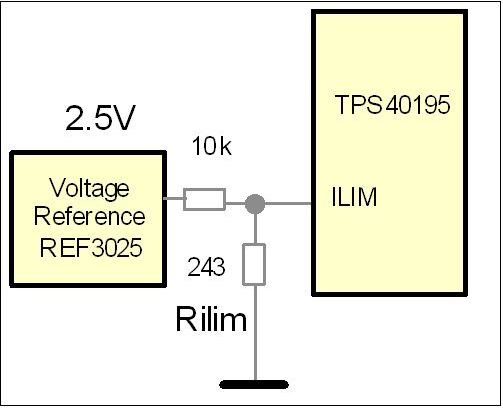I have designed the TPS40195 for 1V/10A. The MOSFET I use has an RDSON(min)=5mOhm and RDSON(max)=7mOhm.
If I design my ISCP(min) to 12A, I get a ISCP(max) of 37A acc. to the equations in the datasheet.
So I have to use a big 40A inductor only because the overcurrent protection of the TPS40195 has such a big tolerance?
Are there any possibilites to get the overcurrent protection more precise? E.g. work up to 10A current and shutdown at 13A current?
Best regards
Andreas


